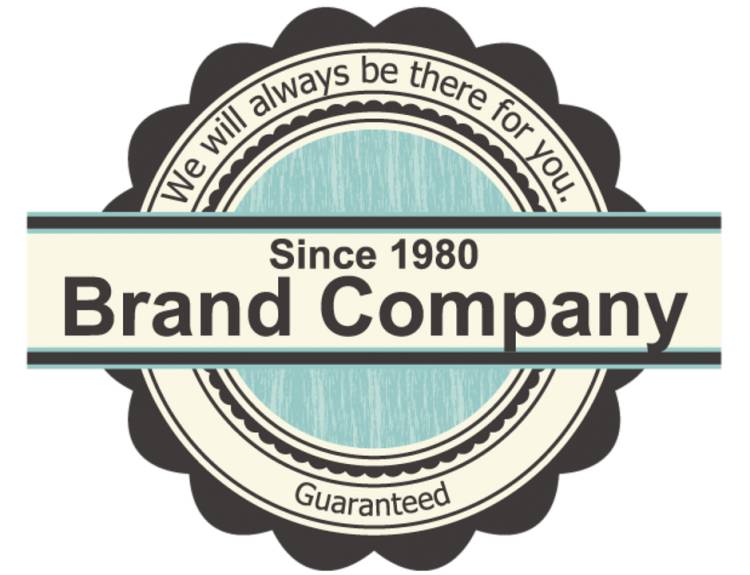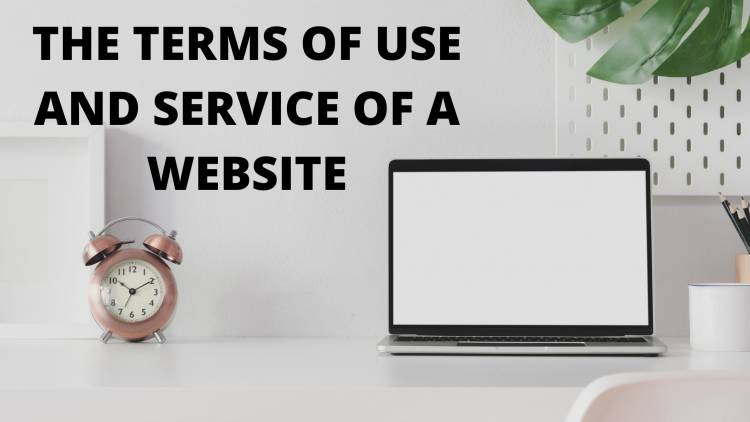Potential Trademark Bullying Under the Name of 'Well-Known Trademark'
Trademark laws are designed to protect brand identities, ensuring that businesses and consumers are not misled by unauthorized use of trademarks. However, some corporations misuse their well-known trademark status to intimidate smaller businesses and individuals, a practice known as trademark bullying. This article explores the concept of trademark bullying, its legal implications, case studies, and measures to prevent its misuse while balancing legitimate brand protection rights.

Introduction
Trademark protection is crucial for businesses seeking to maintain brand integrity and consumer trust. The designation of a “well-known trademark” grants enhanced legal protection, allowing companies to prevent others from using similar marks that might cause confusion. However, some large corporations exploit this privileged position by aggressively pursuing legal actions against smaller entities, even when there is little to no risk of confusion. This practice, known as trademark bullying, creates an unfair business environment and undermines the true intent of trademark laws. This article examines how trademark bullying occurs under the guise of well-known trademarks, its impact on businesses, legal perspectives, and ways to prevent such abuse while ensuring fair competition.
Understanding Trademark Bullying
Trademark bullying occurs when a company with significant financial and legal resources aggressively enforces its trademark rights beyond reasonable limits, often against smaller entities that lack the means to fight back. This strategy is used to stifle competition, restrict market access, or claim exclusive rights over common words and symbols. Section 142 of the Indian Trademarks Act 199 mentions that if an individual employing circulars, advertisements threatens another person with the initiation of legal proceedings for infringement of the alleged registered trademark, in such situations, the aggrieved party may file a suit for unjustified threats and obtain a declaration to the extent that such threats are unjustified.
Tactics Used in Trademark Bullying
- Excessive Litigation Threats – Sending cease-and-desist letters or filing lawsuits against smaller businesses with limited legal resources, even when no real trademark infringement exists.
- Claiming Exclusive Rights Over Generic or Descriptive Terms – Attempting to monopolize common words or phrases that do not genuinely belong to any one brand.
- Opposing Unrelated Businesses – Targeting companies in different industries where consumer confusion is unlikely.
- Forcing Unjust Settlements – Pressuring smaller businesses into abandoning legitimate trademarks due to legal costs and threats.
- Using Legal Loopholes – Exploiting legal technicalities to create obstacles for competitors and new market entrants.
The Role of Well-Known Trademarks in Trademark Bullying
The concept of well-known trademarks provides broad protection beyond standard trademark rights. Owners of well-known trademarks can prevent others from using similar marks, even in unrelated industries. However, this broad protection also increases the potential for misuse. Large corporations often use their well-known status as a weapon rather than a shield, leading to unfair competitive practices.
Case Studies of Trademark Bullying
- Apple Inc. vs. Small Businesses
Apple Inc. has been involved in multiple legal disputes against small companies using the word “Apple” or a logo resembling an apple, even in industries unrelated to technology. This has raised concerns about whether Apple is overreaching in its trademark enforcement.
- Monster Energy vs. Various Businesses
Monster Energy, a beverage company, has filed numerous lawsuits against businesses using the word “Monster,” regardless of the industry, including restaurants, clothing brands, and software companies.
- Louis Vuitton vs. Small Retailers
Louis Vuitton has aggressively pursued legal actions against small fashion brands that use designs remotely resembling its patterns, even when no consumer confusion exists.
These cases illustrate how well-known trademarks can be used to limit competition and intimidate smaller businesses, potentially stifling innovation and market diversity.
Legal Framework Against Trademark Bullying
Various legal mechanisms exist to curb trademark bullying while maintaining fair trademark enforcement.
1. The U.S. Trademark Dilution Revision Act (TDRA)
This law protects well-known trademarks from dilution but also emphasizes that enforcement should be reasonable and proportionate.
2. The European Union Intellectual Property Office (EUIPO) Guidelines
EUIPO discourages the misuse of well-known trademark status by requiring clear evidence of genuine harm before granting claims against smaller businesses.
3. International Trademark Regulations
Organizations like WIPO (World Intellectual Property Organization) provide dispute resolution mechanisms to prevent abuse of trademark laws across different jurisdictions.
Preventing Trademark Bullying
Governments, courts, and businesses can take proactive measures to reduce trademark bullying while ensuring fair enforcement of trademark rights.
For Businesses
- Conduct Thorough Trademark Research – Ensure that trademark claims are reasonable and avoid aggressive enforcement without a valid basis.
- Adopt Ethical Legal Practices – Large corporations should balance brand protection with fair competition, avoiding overreach in their legal claims.
For Small Businesses
- Seek Legal Support – Consult with intellectual property attorneys to defend against baseless trademark claims.
- Leverage Public Awareness – Media exposure can deter large corporations from continuing bullying tactics due to reputational risks.
For Policymakers
- Introduce Anti-Bullying Provisions – Laws should include specific measures to prevent unjust trademark enforcement.
- Promote Alternative Dispute Resolution – Encouraging arbitration and mediation can help resolve disputes more fairly and affordably.
Indian case laws related to trademark bullying under the guise of well-known trademarks
1. Cadbury India Limited v. Neeraj Food Products (2007)
Facts:
Cadbury, the multinational confectionery company, filed a case against Neeraj Food Products for using the word ‘Cadbury’ in their products. The defendant was a small business selling confectionery items under the brand "Cadbury".
Judgment:
The Delhi High Court ruled in favor of Cadbury, stating that ‘Cadbury’ was a well-known trademark and its unauthorized use could cause consumer confusion. However, the case also sparked a debate on whether a generic or commonly used term could be monopolized by a large corporation, potentially discouraging small businesses.
2. Tata Sons Ltd v. Manu Kosuri & Ors. (2001)
Facts:
Tata Sons sued an individual for registering domain names like ‘tatagroup.com’ and ‘tatafinance.com’ without authorization. Tata claimed infringement of its well-known trademark.
Judgment:
The Delhi High Court ruled in favor of Tata, holding that well-known trademarks enjoy a higher degree of protection even in non-competing markets. However, critics argue that large corporations like Tata can sometimes enforce broad interpretations of well-known trademarks to suppress competition.
3. Infosys Technologies Ltd v. Jupiter Infosys Ltd (2010)
Facts:
Infosys, a leading IT company, filed a lawsuit against Jupiter Infosys for using the name "Infosys" in its trade name, arguing it was a well-known trademark and Jupiter Infosys was trying to mislead consumers.
Judgment:
The court ruled that "Infosys" had acquired distinctiveness and that unauthorized use would create confusion in the IT sector. However, it also acknowledged that a balance must be maintained so that large corporations do not unjustly restrict smaller enterprises from using common terms.
4. ITC Ltd v. Philip Morris Products SA (2010)
Facts:
ITC, a well-known Indian conglomerate, filed a case against Philip Morris for using a similar packaging design and color scheme in its cigarette products. ITC alleged trademark infringement and passing off.
Judgment:
The court held that trademark rights must be enforced fairly, and companies should not use their dominance to stifle legitimate competition. The judgment emphasized the need for proportional enforcement of trademark rights.
5. Kingfisher v. King’s Chef (2015)
Facts:
Kingfisher, a major Indian brand, filed a lawsuit against a small restaurant named ‘King’s Chef’, arguing that the name "King’s" created confusion with its well-known trademark.
Judgment:
The court rejected Kingfisher’s claim, stating that the word “King” was generic and could not be monopolized. This was seen as a victory against trademark bullying, ensuring that large corporations do not misuse their legal power to suppress small businesses.
Conclusion
Trademark protection is essential for businesses, but it should not be used as a tool for unfair competition. Trademark bullying under the guise of protecting well-known trademarks can stifle innovation, harm small businesses, and distort fair market practices. While legal frameworks exist to regulate trademarks, more proactive measures are needed to ensure that these laws serve their intended purpose without being exploited. By fostering balanced trademark enforcement and preventing misuse, businesses, policymakers, and legal institutions can create a more equitable intellectual property landscape that benefits both brand owners and new market entrants. The key is to uphold trademark laws as a shield for legitimate protection rather than a weapon for corporate dominance.












